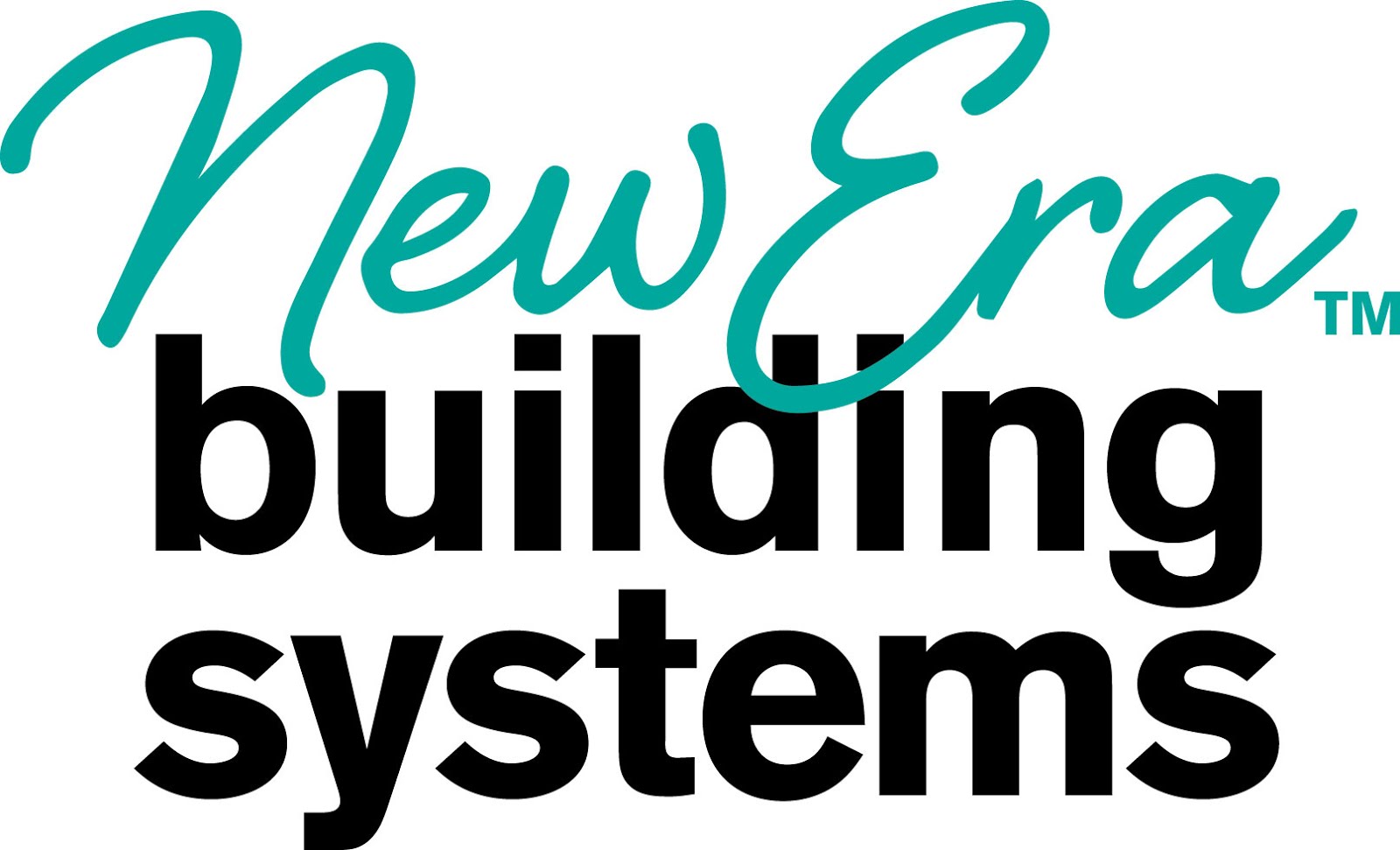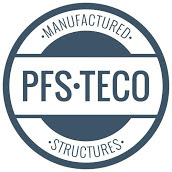If you’ve spent any time in the U.S. housing industry over the past 20 years, you’ve probably noticed something strange. Despite all the new technology, new materials, and new promises of faster, better, and cheaper ways to build, productivity on job sites is actually getting worse. Houses take longer to build. Crews are less efficient. Costs keep climbing.

.
So, what’s going on? Why, in an era where we can 3D print entire structures and assemble high-rise modules like Legos, is it still taking longer to build a house today than it did in the early 2000s?
The answer isn’t just one thing—it’s a perfect storm of labor shortages, outdated building methods, excessive regulations, supply chain chaos, and an industry-wide fear of change. And unless we start tackling these problems head-on, housing is only going to get slower, more expensive, and further out of reach for the people who need it most.
Where Did All the Skilled Workers Go?
One of the biggest reasons for declining productivity is simple: we don’t have enough skilled workers.
When the Great Recession hit in 2008, millions of construction jobs vanished almost overnight. And when the industry finally started recovering, a huge chunk of those workers had moved on—to other careers, to other states, or straight into retirement. They never came back.

.
The next generation hasn’t filled the gap, either. High schools spent decades pushing college degrees over trade careers, and vocational training programs shrank. Now, we’re facing a crisis where job sites are packed with inexperienced workers, which means more mistakes, more rework, and longer build times.
Meanwhile, the skilled workers we do have are aging out. The median age of a construction worker in the U.S. is now over 42, and it’s climbing. Without a major shift in workforce development, we’re staring down a future where there simply aren’t enough trained builders left to keep up with demand.
Death by a Thousand Regulations
Remember when you could build a house with a solid set of plans, a good crew, and some common sense? Those days are long gone.
Today, builders have to navigate a labyrinth of regulations, codes, and zoning laws, many of which vary from one town to the next. Need to install a modular home? Good luck—the local inspector might not even know how to classify it. Trying to build an affordable housing development? Expect months (or years) of red tape before a single shovel hits the ground.

.
It’s not that building codes are bad—they’re necessary for safety and efficiency. But when every project turns into a bureaucratic headache, it slows down the entire industry. And since government agencies rarely move at the speed of business, every delay means wasted labor and lost productivity.
The Construction Industry’s Fear of Change
Here’s where things really get frustrating. While almost every other major industry has embraced automation, AI, and digital transformation, construction is still doing things the old-fashioned way.
Sure, we’ve got CAD software, laser levels, and some cool new building materials, but at the end of the day, most homebuilders are still relying on the same manual, labor-intensive methods that their grandfathers used.
And that brings us to one of the biggest missed opportunities in the industry: offsite and modular construction.
Why Offsite and Modular Construction Are Stuck in Neutral
If there was ever a golden ticket for improving productivity in housing, offsite construction is it.
By building homes (or parts of homes) in a controlled factory environment, we can cut down on labor waste, speed up production, and deliver higher-quality buildings in less time. Yet, despite these clear advantages, offsite construction still isn’t being used at scale.
Why? Because too many people in the industry are clinging to old habits.
1. General Contractors Don’t Want to Change
Let’s face it—most GCs like the way things are. They know how to build houses one way, and they don’t want to mess with a system they’ve been using for decades. Modular construction requires different planning, different workflows, and a shift in mindset—and that scares a lot of traditional builders.
Many GCs also worry that offsite construction will cut them out of the process or force them to work with manufacturers they don’t trust. Instead of seeing modular as a tool to make their jobs easier, they see it as a threat.
2. Building Inspectors Are a Roadblock
Ever tried explaining modular construction to a building inspector who’s never seen it before? It’s not fun.
Even though modular homes are built to meet (or exceed) traditional building codes, many local inspectors don’t trust factory-built housing. Some demand additional on-site inspections. Others simply drag their feet, unsure of how to apply their standard inspection process to a pre-built structure.
This disconnect between factory construction and local code enforcement creates massive delays, making it even harder for modular builders to scale.
3. The Supply Chain Isn’t Built for Modular
Traditional homebuilders are used to getting their materials in small batches, delivered on an as-needed basis. Modular factories, on the other hand, need large quantities of materials on tight production schedules.
The problem? The supply chain hasn’t caught up.
Most suppliers are still catering to site-built projects, meaning modular factories struggle to get materials at the volume and speed they need. Until the supply chain adapts, modular production will never reach its full potential.
Material Shortages and Supply Chain Chaos
Even for traditional builders, getting materials on time has become a nightmare.
Lumber prices shot through the roof in 2021, then crashed back down. Drywall, insulation, and roofing materials have all faced shortages. And transportation bottlenecks have meant that even when materials are available, they might not show up when they’re supposed to.
All of this creates a stop-and-start production cycle where builders spend half their time waiting for parts instead of actually building.
So, What’s the Solution?
Fixing this productivity crisis isn’t going to happen overnight, but we can turn things around by focusing on a few key areas:
- Rebuild the Workforce – Bring back trade schools, make apprenticeships more accessible, and show young workers that construction is a lucrative and respected career.
- Streamline Regulations – Local governments need to get with the times and make it easier to build—especially when it comes to modular and offsite construction.
- Embrace Offsite and Digital Construction – Builders who refuse to innovate are going to be left behind. The future is offsite, and the sooner the industry accepts that, the better.
- Fix the Supply Chain – Material suppliers and logistics companies need to start treating modular like the future of homebuilding instead of an afterthought.
The U.S. housing industry doesn’t have to be this inefficient. We already have the tools, the technology, and the talent to build faster, better, and smarter—we just need to start using them.
The only question now is: Will the industry wake up before it’s too late?
.
Gary Fleisher, The Modcoach, writes about the modular and offsite construction industry at Modular Home Source.
.
CLICK HERE to read the latest edition
Contact Gary Fleisher













 Hudson Valley Homes
Hudson Valley Homes

